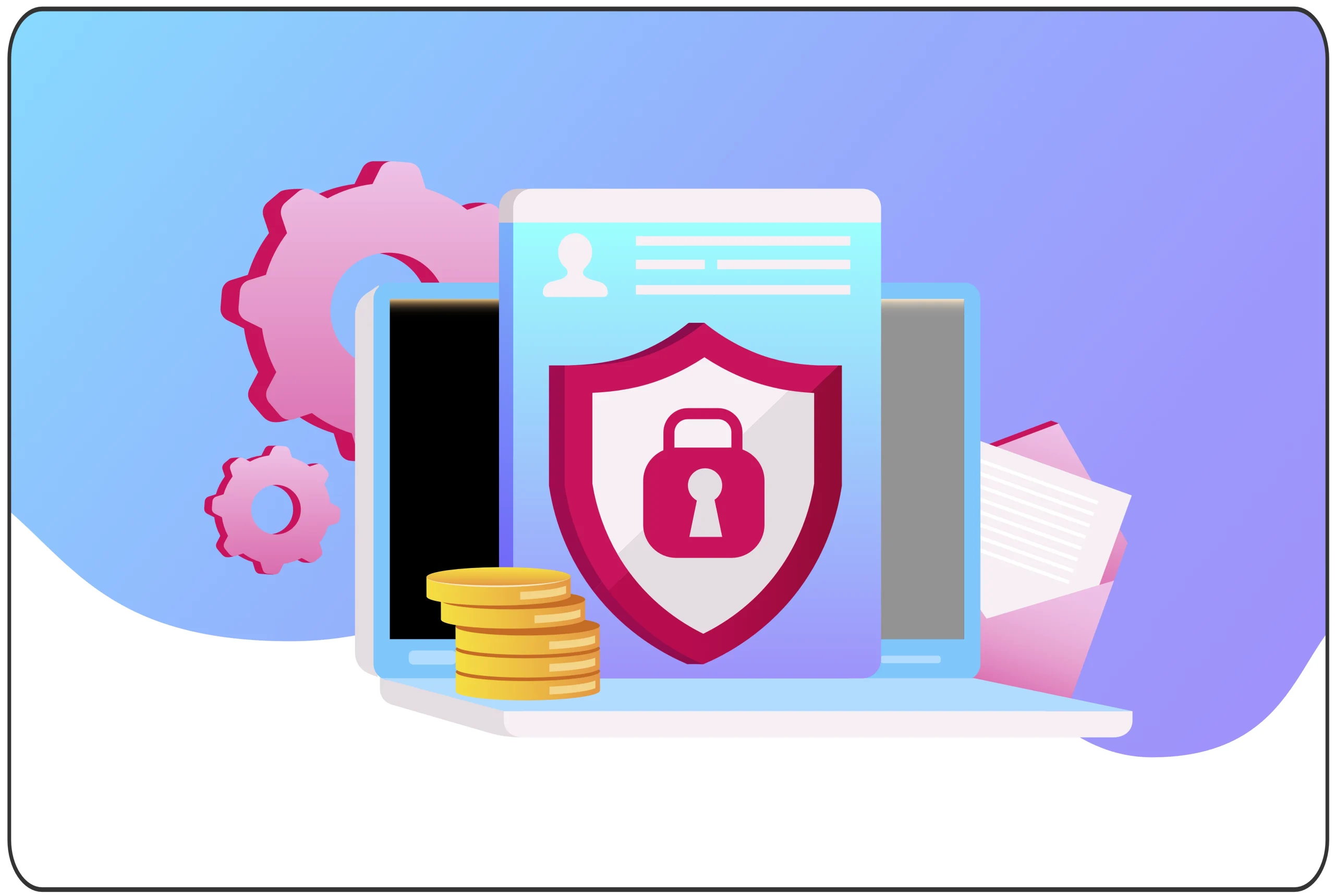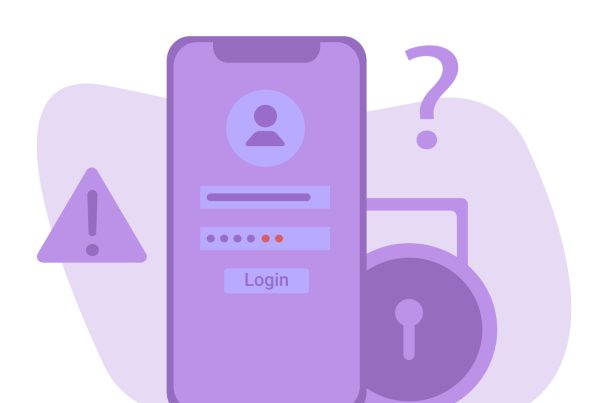
Ensuring website security has become crucial for companies and organizations. With cyber threats becoming increasingly sophisticated and prevalent, safeguarding digital assets like websites against unauthorized access, data breaches, and malicious attacks is essential. Businesses must do their best to protect sensitive information, maintain user trust, and uphold the integrity of online interactions.
But not all responsibility lies with digital providers – the users must also do their due diligence to stay safe amid rampant phishing messages, scams, and other attacks.
When talking about website security, there are two general ways that hackers breach an account:
– Exploiting system vulnerabilities (bugs, badly written code, lack of server security, “backdoors” left by malicious coders, etc.)
– Getting the password from a valid, authorised user – also known as Social engineering
Let’s take a deeper look at these.
System vulnerabilities
To mitigate attacks based on system vulnerabilities (again, in the context of CMS websites that run WordPress), we can follow some simple steps and be reasonably safe.
The first is to choose a reputable hosting provider that has everything set up properly and maintains its services in good order, keeping up with security best practices.
The second step is to keep all the web software up-to-date. This includes updates to plugins, themes and, WordPress itself. It’s usually very easy to do, and updating every few weeks, to a month, is fine.
Just keep in mind to make a backup every time before updating! If something goes wrong, a backup can mean the difference between just re-uploading your website and being back online in a few hours; or potentially having to build entirely from scratch (yes, this has happened before).
While system hacking is a very real threat, it is comparatively easy to keep safe from in contrast to social engineering (from the aspect of web administrators – security engineers certainly have their work cut out for them).
Social engineering
In simple terms, the biggest dangers of social engineering involve tricking people into revealing sensitive information or performing actions that compromise security. Some common attacks are:
- Phishing: This is when attackers send deceptive emails or messages pretending to be from a trustworthy source, aiming to trick recipients into providing personal information such as passwords, credit card numbers, or login credentials.
- Pretexting: In pretexting, attackers fabricate a scenario or pretext to manipulate individuals into divulging sensitive information or performing actions they normally wouldn’t. This could involve impersonating authority figures, such as IT support or company executives, to gain trust and extract information.
- Baiting: Baiting involves enticing individuals with something desirable, such as a free download or prize, to trick them into clicking on malicious links or downloading malware-infected files.
- Tailgating: Also known as piggybacking, this tactic involves physically following someone into a restricted area or gaining unauthorized access by exploiting their trust or courtesy.
- Quid pro quo: Attackers promise a benefit in exchange for sensitive information or access. For example, offering technical support in exchange for login credentials.
These attacks exploit human psychology and behavior, bypassing technical security measures by targeting the weakest link: people. They are often used in combination with other cyber threats to achieve broader objectives, such as gaining unauthorized access to systems, stealing valuable data, or spreading malware. Therefore, educating users about these tactics and promoting a culture of vigilance and skepticism are crucial defenses against social engineering attacks.
Website security conlusion
In conclusion, safeguarding website security necessitates a comprehensive approach that addresses both system vulnerability attacks and social engineering tactics. Technical measures like encryption, firewalls, and regular software updates are essential for thwarting system vulnerabilities. Simultaneously, awareness and education about social engineering tactics, such as phishing and pretexting, are crucial to enable users in recognizing and resisting manipulation attempts. By combining these approaches, websites can significantly enhance their defenses against a wide range of cyber threats, ultimately ensuring the safety of all parties.



